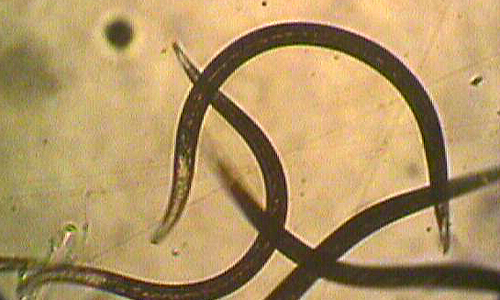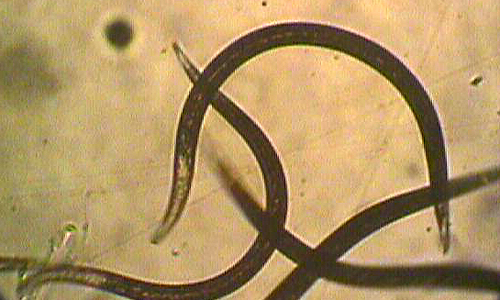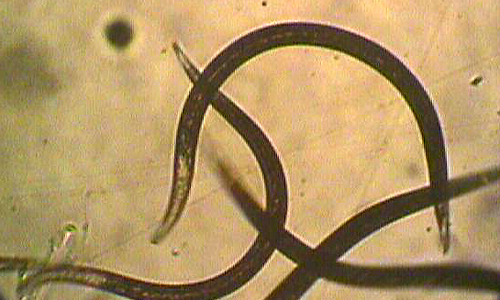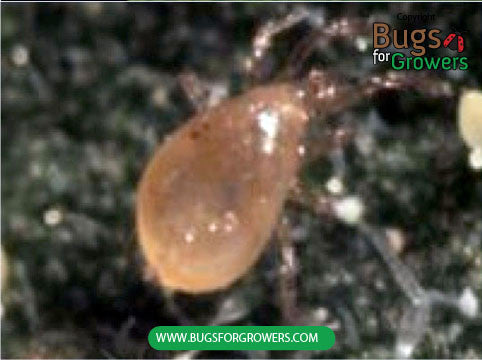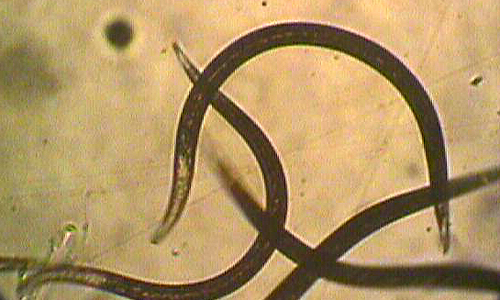The Western Flower Thrips
What are the western flower thrips, Frankliniella occidentalis?
The western flower thrips, Frankliniella occidentalis are small slender bodied insects with brownish colored body and yellowish hair-fringed wings. The babies of the western flower thrips also called as nymphs. These nymphs look like their parents but wingless. Both adults and nymphs of thrips use their rasping and sucking types of mouth parts for puncturing tissues and sucking the cell sap (juice) from the punctured tissues.
Facts (show all)
- List of the most economically devastating species of The Western Flower Thrips
-
- Frankliniella occidentalis
- Most common host plants of the Western Flower Thrips
-
- Alfalfa, Beans, Cabbage, Cauliflower, Cotton, Cucumber, Garlic, Maize, Onion, Pepper, Potato, Soybean, Tomato, apple, Apricot, Avocado, Blueberries, Citrus, Grapes, Lemon, Nectarine, Orange, Peach, Plum, Strawberries, Cucumber, Peppers, Tomato, Azalea, Chrysanthemum, Croton, Ferns, Gerbera, Hibiscus, Phlox, Pinks, Rose etc.
- Biology of Thrips
-
The western flower thrips can produce sexually or asexually. Females generally insert eggs into leaf or bud tissues. Eggs hatch into tiny first stage larvae that immediately starts feeding on plant tissue. While feeding young larvae molt into second stage larvae that continues feeding on the leaf tissues until their maturity. The matured larvae then enter into the non-feeding pre-pupal stages. Depending on the species, these pre-pupal stages can drop to the soil, enter into plant crevices or attach to leaves for pupation. Adults emerge from pupae, females begin laying eggs and life cycle continues. Depending upon temperature, egg to egg life cycle is completed within 10 to 20 days and under warm weather conditions thrips can have more than 10 generations in a year.
- What type of damage is caused by thrips?
-
Thrips are one of the most important pests of many greenhouse crops, ornamental plants, field crops and fruits. Both adults and nymphs feed voraciously mainly on young and rapidly growing leaf, flower and fruit tissues using their rasping and sucking types of mouthparts especially they use their left mandible to cut plant tissue. The damage caused by thrips is termed as “stippling” because their feeding leaves scars on the buds, leaves, flowers, fruits and twigs. The symptoms of heavy feeding by thrips include stunted plant growth, curling/folding and discoloration of leaves, flower buds and flowers. The damaged leaves and flower petals can drop prematurely. Also, the scattered thrip feces on the leaves and flowers can reduce aesthetic value of ornamental plants that in turn can cause a tremendous economic loss to the greenhouse industry. In addition to direct feeding damage, thrips can also transfer plant viruses that can cause severe economic losses to many crops and ornamental plants.
- Which Viruses are transmitted by thrips?
-
According to Jones (2005), all the different species of thrips that are involved in transmitting plant viruses are generally belong to family Thripidae subfamily Thripinae. Following most economically important plant viruses are transmitted by thrips.
- Capsicum Chlorosis virus
- Chrysanthemum stem necrosis virus
- Groundnut ringspot virus
- Impatiens necrotic spot virus
- Irish yellow spot virus
- Maize chlorotic mottle virus
- Tomato spotted wilt virus
- Biological control of thrips
-
Use of chemical pesticides is not allowed in organic productions due to their detrimental effects on humans, animals and environment. Therefore, control of the Western flower thrips with beneficial insects and nematodes is essential to reduce the crop losses caused by thrips in the organic productions. There are several natural enemies including beneficial entomopathogenic nematodes, green lacewings, minute pirate bugs, parasitic wasps, and predatory mites are known to feed on thrips. The low populations of these naturally occurring enemies in your organic gardens can be supplemented by buying and releasing commercially available biological control agents. Below is the list of beneficial predatory insects and parasitic nematodes that can be commercially obtained and released in your garden for the successful management of the Wetsern Flower thrips.
- Predatory beneficial insects for thrip control
-
- Green lacewings, Chrysoperla rufilabris
- Predatory mite, Amblyseius swirskii
- Predatory mite, Neoseiulus cucumeris
- Predatory mite, Orius insidiosus
- Predatory mite, Stratiolaelaps scimitus
- Parasitic beneficial wasps
-
- Parasitic wasps, Thripobius semiluteus (This wasp is not commercially available)
- Parasitic beneficial entomopathogenic nematodes for the control of thrips
-
- Heterorhabditis bacteriophora nematodes
- Steinernema carpocapsae nematodes
- Steinernema feltiae nematodes
- Research Papers
-
Arthurs, S. and Heinz, K.M. 2006. Evaluation of the nematodes Steinernema feltiae and Thripinema nicklewoodi as biological control agents of western flower thrips Frankliniella occidentalis infesting chrysanthemum. Biocontrol Science and Technology 16: 141-155.
Cabanas, D., Watanabe, S., Higashi, C.H. and Bressan, A. 2013. Dissecting the mode of maize chlorotic mottle virus transmission (Tombusviridae: Machlomovirus) by Frankliniella williamsi (Thysanoptera: Thripidae). Journal of Economic Entomology 106:16-24.
Ebssa, L., Borgemeister, C. and Poehling, H.M. 2004. Effects of post-application irrigation and substrate moisture on the efficacy of entomopathogenic nematodes against western flower thrips, Frankliniella occidentalis. Entomologia Experimentalis et Applicata 112: 65-72.
Ebssa, L., Borgemeister, C. and Poehling, H.M. 2006. Simultaneous application of entomopathogenic nematodes and predatory mites to control western flower thrips Frankliniella occidentalis. Biological Control 39: 66-74.
Ebssa, L., Borgemeister, C., Berndt, O. and Poehling, H.M. 2001. Efficacy of entomopathogenic nematodes against soil-dwelling life stages of western flower thrips, Frankliniella occidentalis (Thysanoptera: Thripidae). Journal of Invertebrate Pathology 78: 119-127.
Jones, D.R. 2005. Plant viruses transmitted by thrips. European Journal of Plant Pathology 113: 119-157.
North, J.P., Cuthbertson, A.G.S. and Walters, K.F.A. 2006. The efficacy of two entomopathogenic biocontrol agents against adult Thrips palmi (Thysanoptera: Thripidae). Journal of Invertebrate Pathology 92: 89-92.
Premachandra, D.W.T.S., Borgemeister, C., Berndt, O., Ehlers, R.U. and Poehling, H.M. 2003. Laboratory bioassays of virulence of entomopathogenic nematodes against soil-inhabiting stages of Frankliniella occidentalis Pergande (Thysanoptera: Thripidae). Nematology 5: 539-547.
Srinivasan, R., Sundaraj, S., Pappu, H.R., Diffie, S., Riley, D.G. and Gitaitis, R.D. 2012. Transmission of Iris Yellow Spot Virus by Frankliniella fusca and Thrips tabaci (Thysanoptera: Thripidae). Journal of Economic Entomology 105: 40-47.
Trdan, S., Znidarcic, D. and Vidrih, M. 2007. Control of Frankliniella occidentalis on glasshouse-grown cucumbers: an efficacy comparison of foliar application of Steinernema feltiae and spraying with abamectin. Russian Journal of Nematology 15: 25-34.

